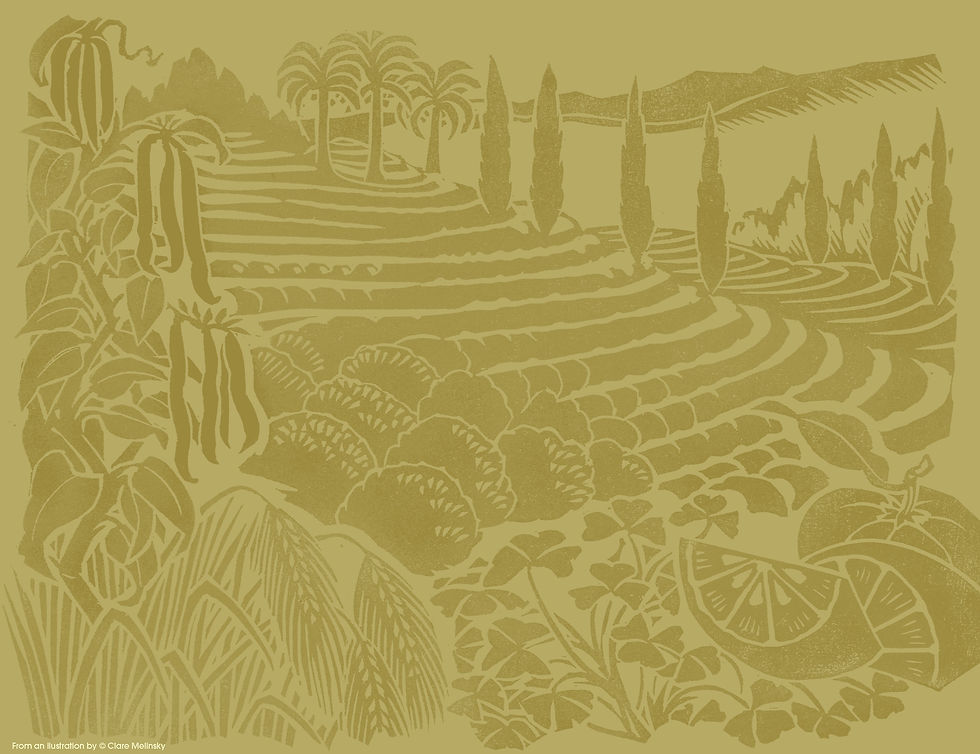How I discovered there was such a thing as an endangered food
- Dan Saladino
- Dec 12, 2022
- 2 min read
Updated: Apr 8
On my first day working on The Food Programme, back in 2007, Sheila Dillon asked me what my first edition was going to be about. Sicilian oranges sprang instantly to mind, as I knew that it was harvest time on the island where I had spent all my childhood summers and where my Sicilian family lived.
Here, on the slopes of Etna, after a day of harvesting oranges, Slow Food members were holding a special meal to celebrate different varieties of Sicilian citrus. I sat next to a citrus farmer who told me that this was to be his last harvest – his family had farmed their orange groves for generations, but it was now impossible to compete, he told me, and next year, the fruit would be left dying on the trees. He had spent his pension trying to keep farming his terraces filled with oranges. Earlier that day, I had watched this last harvest, listening to the noise of a gentle ‘thud, thud, rumble, thud’, as workers high up ladders used small finger scissors to cut oranges from the branches of the trees, dropping them into buckets hooked over their backs. ‘Agriculture is on its knees; the land is being abandoned,’ my dinner companion told me. ‘Centuries of tradition are over.’
Sicily’s citrus varieties were at their most plentiful in the 18th and 19th centuries and a section in Palermo’s Botanic Garden is now dedicated to lost varieties, including the earliest mandarins to have arrived in Europe (so fragrant, it’s said, that if you peeled one in the morning, your hands would still carry its aroma when you went to bed) and fruits with skins that resembled the surface of a cauliflower. Across the island, in the small plots of land tended by thousands of farmers, the hybrids and the mutations that nature had thrown up became part of the cultural landscape. By the 1970s, most of this diversity had gone as farmers struggled to compete with Navel and Valencia oranges being grown in vast monocultures in Spain, Morocco, Egypt, South Africa and Brazil.
As I ate the dishes in front of me, I was told that the citrus varieties that featured in the meal were all on the Ark of Taste. This was, I was told, an online catalogue of endangered foods. It was created in the mid-1990s, in Bra, in northern Italy, when a group of friends realised that crops, animal breeds and traditional dishes were disappearing from their region. Led by the journalist Carlo Petrini, the group had already set up the Slow Food organisation. They saw that when a food, a local product or crop became endangered, so too did a way of life, knowledge and skill, a local economy and an ecosystem.
I was captivated by this concept and have spent the years since collecting stories from the Ark. The Ark now contains more than 5,000 foods, placed here by farmers, cooks and campaigners who want to save their own endangered foods. The Ark of Taste inspired this book and led me to explore why foods are becoming endangered and why this matters to us all.

